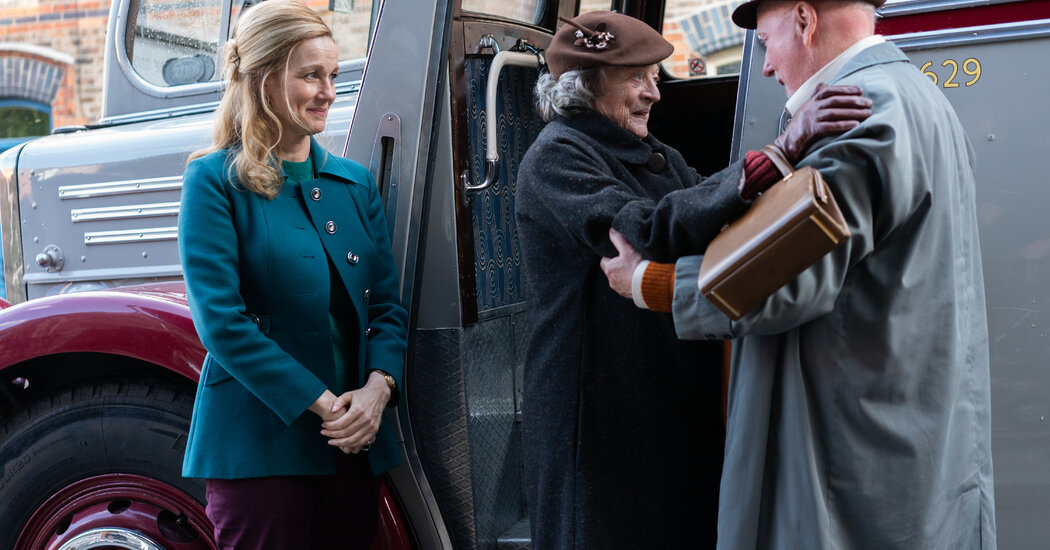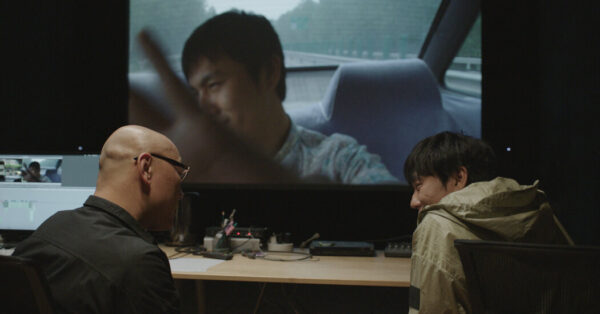Everyone else was gone: the authorities, the aid workers, the other journalists too. One week into Russia’s full-scale invasion of Ukraine in February 2022, the Associated Press video journalist Mstyslav Chernov was still in the port city of Mariupol, watching from a high floor of a hospital as a tank emblazoned with a white Z pulled up alongside. Smoke kept rising, bitter and black, from the shelled housing blocks a short distance away. There was no way out. Mariupol was surrounded now. Chernov kept his cameras rolling.
“20 Days in Mariupol,” a relentless and truly important documentary, engulfs us in the initial ferocity of Russia’s siege of a city whose name has become a byword for this war’s inhumanity: My Lai, Srebrenica, Aleppo, Mariupol. The A.P. journalists were the last from an international news organization in the city, and for three weeks they documented pregnant women fleeing a bombed maternity hospital, the elderly and the displaced boiling snow to obtain fresh water, the freshly dug ditches where children’s corpses were laid to rest. The reporting would win Chernov, along with his colleagues Evgeniy Maloletka, Vasilisa Stepanenko and Lori Hinnant, this year’s Pulitzer Prize for public service, but because internet connections were sparse to absent in the city, Chernov could only transmit a small fraction of his footage during the siege. It all comes out in “20 Days in Mariupol,” in which the battle to survive in southeast Ukraine becomes entwined with the struggle to tell the world what’s happening.
This film is very hard to watch, and so it should be, though its episodic structure makes it somewhat easier to endure: Day 1 through Day 20, one at a time, from the first bombs to the team’s flight to safety. On the morning of Feb. 24, Chernov and his colleagues head toward Mariupol, a city of half a million people on the Sea of Azov, and drive by Ukrainian military bases whose antiaircraft systems are burning — the first Russian targets, to prepare the path of their war planes. Many residents doubted the violence would reach Mariupol, and evacuation trains were leaving the city half-empty. Now we follow them into improvised shelters: a cold cellar, a CrossFit gym. “I don’t want to die,” says one young boy. “I wish it would all end soon.”
But by Day 4 the fighter jets are overhead, and Chernov is stationed at one of Mariupol’s remaining open hospitals, about a mile from the front line on the edge of the city. He’s there when an ambulance rushes up, and paramedics perform C.P.R. on a 4-year-old girl named Evangelina, severely injured after a Russian shell landed near her home. The medics race her to the modest emergency room, where her blood pools on the floor as they try, and fail, to resuscitate her. (Chernov blurs out her face here, though The A.P. published uncensored images at the time.) “Keep filming,” the head doctor insists — and a minute later, we see the same footage of the doctors at work in grainy reproduction on an MSNBC broadcast and Britain’s ITV News.
Le texte ci-dessus est une traduction automatique. Source: https://www.nytimes.com/2023/07/13/movies/20-days-in-mariupol-review-ukraine-war.html?rand=21388




















